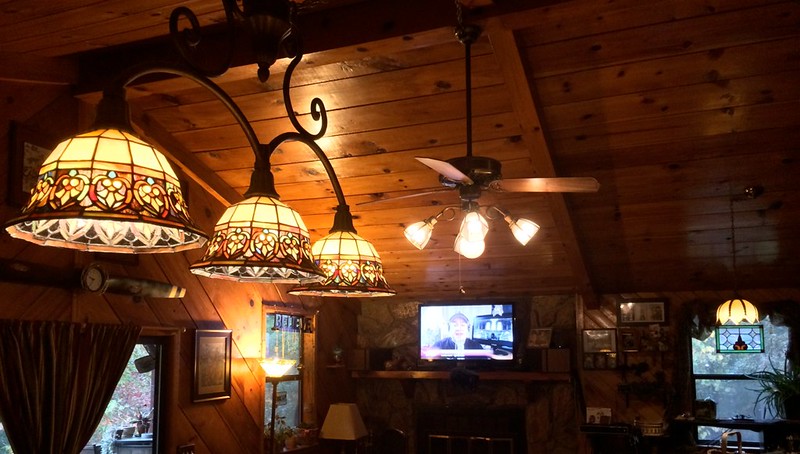Oh yeah. That extra $5 is breaking the bank.
Continued thoughts...
If you go waaaay back in this thread, I outfitted the old house with a number of LEDs. They stayed there when we left. Didn't like them much. Color temp was way too blue. No headaches like the CFLs, but glare was high. Had three fail. Some of those may have been stressed by a direct lightning strike the house electrical system took but they didn't fail at the strike.
Decided to continue to use incandescents at the new place. They're easy to store and were still cheaper than dirt late last year.
Ran some numbers here, assuming a 6% return, the money saved will yield $2400 in future dollars adjusted for inflation. Bunch of assumptions, but I assumed really cheap LEDs and no LED failures. Best case scenario for the LEDs and it still creates $2400 to pay for the extra electricity used over the assumed timeframe,
So... I think it'll be a wash with the higher electrical bill, depending on future rate increases. Could even be a profit. And I gave the LEDs a huge price advantage. It'd be bloody expensive to convert this house fully to LED. If I bought too of the line LEDs to get the color temperature and lifespan matching the current bulbs and assumptions of lifespan, I bet I could make a case for $10K in lost future money.
As a bonus, I won't be dumping any heavy metals or electronics into the local landfill, and won't have to figure out how to recycle failed CFLs or LEDs.
Using 130V rated incandescents. Slightly warmer color since they're running on lower voltage and they tend to survive spikes in electrical service better during our vicious summertime thunderstorms. Slightly lower light output and energy use compared to their "wattage" rating also.
Outside lights are "appliance" bulbs rated at 15W on photocells. No need for bright light out here, it's pitch black with any overcast. 15W lights are plenty on the driveway sconces and at the outside doors. Have monster flashlights for anything that goes bump in the night that's more than 1/4 acre away.
I was actually quite surprised at how bad the LEDs ended up economically after running those numbers. Wow. Someone is making a serious fortune off of these things. Once LEDs drop to $1 a bulb or lower, I'll think about where a few might work. I'll even allow for inflation. If the LEDs hit $2.43 a bulb in 30 years, that will match $1 bulbs today if we assume 3% inflation over 30 years.
Anyway, no matter how much advantage I give to the LED bulbs on price, the incandescents are easily paying for themselves, Kent.
Was fun to calculate it out, though.
Sent from my iPad using
Tapatalk

